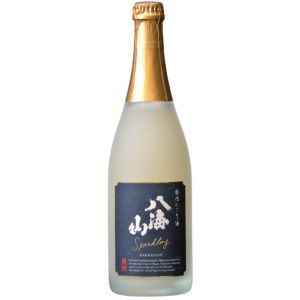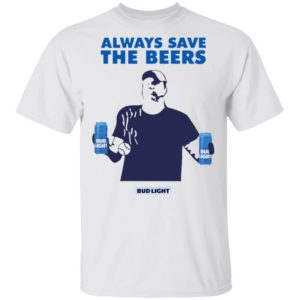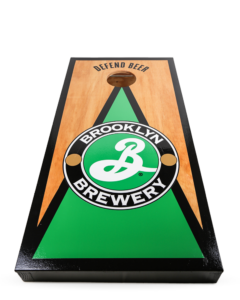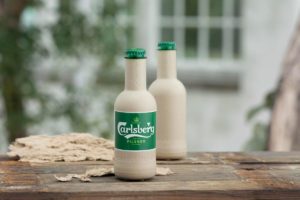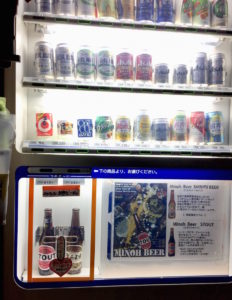Not much has happened in the beer world recently. This is the result of everyone, from unborn babies to the elderly on their deathbeds, abandoning all interest in craft beer for hard seltzer. At least that’s the impression you might get reading beverage journalism and social media in America. First, for the unfamiliar, hard seltzer is carbonated water, alcohol and usually some kind of juice. Sound familiar? It should for readers in Japan because it’s akin to the ubiquitous chuhai. Why the belated ‘discovery’ of this beverage in America? Craft beer fatigue? We’re not sure, but it’s a recent trend that’s caught the attention of the beverage industry. Producers and analysts are quite bullish on its future and it has made more than a few craft breweries in America anxious as they increasingly compete for alcohol beverage customers–some have even started making it! Others, however, think it’s just a fad and that people will return to beer when they tire of the simplicity of hard seltzer. It’s rare that Japan can offer a crystal ball for America when it comes to beer, but we’d point out that the craft beer segment here has done quite well the past few years, despite the popularity of chuhai. Personally, we think that hard seltzer/chuhai is a simpler iteration of sparkling sake, a beverage with some depth and complexity of character. If/when the American mainstream discovers it, expect a sudden spike in beverage cults that study Japanese and get nonsense kanji tattoos that say things like “Sparkling Truth”.
While we’re teasing America (sorry American readers, this is such a rare opportunity; you have nearly 8000 craft breweries and your folks are running for spiked seltzer!)–Excuse us… while we’re analyzing America, let us present ample evidence that beer will continue to claim the hearts and minds and livers of Americans. During Game 5 of the World Series, a home run ball was hit directly at a fan named Jeff Adams, who was holding a can of Bud Light in each hand. He decided to take the ball in his chest rather than drop one of his cans. Bud Light was later able to track down the fan and release a T-shirt that featured his image and the phrase, ”Always Save the Beers”. After the Nationals won the World Series, Adams even got to ride in the victory parade. Proceeds from the shirt went to an organization that supports veterans (Folds of Honor). Adams is himself a veteran. Prepare yourselves, readers, because you never know when your chance to be a beer hero will come.
Maybe that opportunity will come in beer sports. As reported in an in-depth article for Outside in October by Eric Barton, Cornhole has reached such glorious heights that it is now a professional sport. Cornhole is a popular drunk pastime, er, we mean “sport” at many breweries in America with beer gardens. It involves drunks, er, athletes tossing bean bags at a sloped board several yards away with a hole in it. While holding a beer. You get points for landing your bean bags on the board, and even more for getting them in the hole. After growing in popularity for several decades, various individuals decided to formalize the high-stakes competitions with leagues. In 2015, however, one Mr. Stacey Moore launched the American Cornhole League (ACL) and managed to get one of the competitions broadcast on national TV. He even runs an ACL World Championship which paid out $249,000 this year in prizes. Now his goal is to get it into the Olympics. It’s unclear if athletes will be allowed to drink beer while competing.
Reporters in America seem to have a penchant for reporting on “weird” and “quirky” Japan, so we’re going to continue in this vein of reporting on America because it’s pretty damn weird, too. As Vice’s Jelisa Castrodale reported in September, two Amish men were pounding beer in a horse-drawn buggy in Ohio when a policeman passed them. The Amish are a group of deeply traditional Christians. The Old Order Amish that still use buggies eschew much of modern technology and live plainly. These particular naughty Amish men apparently had a stereo system in their buggy, too, though the bigger problem was that they were operating a ‘vehicle’ while drinking. When the cop tried to stop them, they abandoned the buggy and fled through the woods. Then the horse took off running. We would recommend to readers that they just ride horses instead. They’re not vehicles for one. They also know the way home, and will take you there even if you pass out on one.
Those that don’t eschew technology may be interested in a bar in Washington, D.C. called Walters Sports Bar. The business uses a row of touch-screens above a 20+ tap system running along a wall to allow patrons to order beer and fill their own glass. Self-serve beer stations in restaurants have been around for decades in Japan. And we’ve seen touch screens at kaiten (conveyer-belt) sushi joints for a while, too. So this is just a convergence of the two at a bar selling craft beer… Or is it the beginning of the end of the bartender? Apparently, the popularity of such systems is growing in America. When we see an explosion of hard seltzer bars using this technology, we will know America’s compass is broken…
It seems the kids are alright in Australia. A Queensland high school near Brisbane called Redcliffe State High School has a class in beer brewing that will offer an official certificate. In addition to brewing, the 30+ students enrolled will also learn “front of house” skills essential for running a brewpub. The brewery is first-of-its-kind in an Australian high school. While students will not be able to taste their creations, leaving that to the teachers (so the school says), they will certainly gain valuable experience while pursuing this science-based education.
Science is awesome, isn’t it? Carlsberg in Denmark, whom we’ve highlighted here before for its innovations, recently announced it had produced two new types of beer bottles. Both are made from sustainably-sourced wood fiber (yep, they’re both paper). Their difference is in their lining (one with some kind of “bio coating”, the other with recycled PET plastic). We like this better than the milk carton idea we’ve seen before.
Another interesting development is the Draft Top. This gadget will remove the top of aluminum beer cans to leave them, well, topless… much like a glass. The benefit is enhanced aroma (or not having to pour into a glass to achieve this). Its expected release is early 2020. We’ve reported before about peel-off lids being tried out by a few breweries. Of course, this is little different from the peel-off lids of one-cup sake, which Ozeki pioneered many decades ago. The thing is, as technology advances, we forget the genius of the past; we still pine for the days when beer vending machines were everywhere. Bring the good old days back! Just fill the machines with craft beer this time around…
This article was published in Japan Beer Times # () and is among the limited content available online. Order your copy through our online shop or download the digital version from the iTunes store to access the full contents of this issue.

